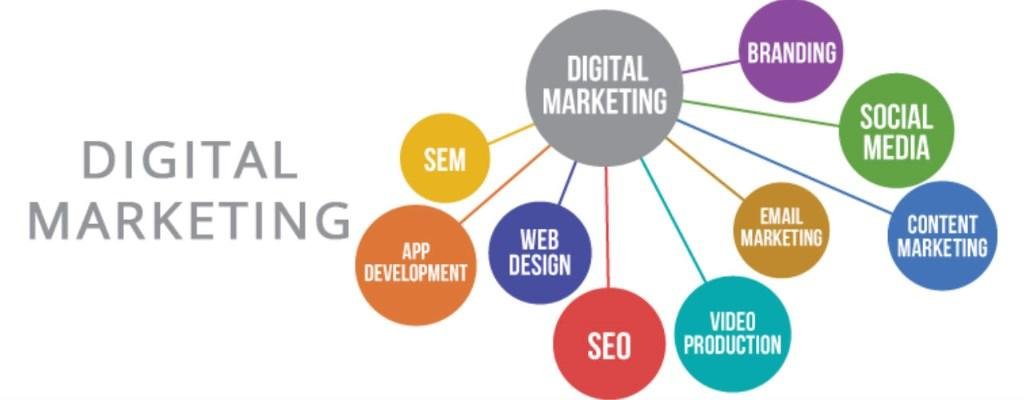🔍 Understanding the Problem
Digital marketing animation refers to animated content—such as explainer videos, motion graphics, and animated ads—used to promote a brand, product, or service online. Problems in this area can drastically reduce the effectiveness of marketing campaigns.
✅ Common Issues Include:
-
Low-Quality Animation
-
Lack of Clear Messaging
-
Poor Integration with Marketing Goals
-
Misalignment with Brand Identity
-
Ineffective Distribution Channels
-
Limited Engagement or Conversion
🧩 Breakdown: Root Causes and Consequences
1. Low-Quality Animation
-
Causes: Unskilled animators, lack of budget, poor tools.
-
Consequences: Unprofessional look, reduced credibility, audience disengagement.
2. Lack of Clear Messaging
-
Causes: Vague scripts, no clear call to action, miscommunication.
-
Consequences: Viewers don’t understand your value proposition.
3. Poor Integration with Strategy
-
Causes: No alignment with campaign goals, disjointed content.
-
Consequences: Low ROI, missed opportunities.
4. Brand Identity Confusion
-
Causes: Inconsistent tone, colors, or style.
-
Consequences: Brand dilution, loss of trust.
5. Ineffective Distribution
-
Causes: No promotional plan, wrong platforms.
-
Consequences: Minimal reach, wasted investment.
🛠️ Step-by-Step Resolution Strategy
Step 1: Audit Existing Animated Content
-
Evaluate:
-
Quality (graphics, audio, transitions)
-
Messaging (clear value proposition, CTA)
-
Branding consistency
-
Engagement metrics (views, shares, conversions)
-
Tools:
-
Vidyard, Wistia, Vimeo analytics
-
Google Analytics (to track landing page performance)
Step 2: Clarify Your Marketing Goals
-
Define:
-
Target audience
-
Specific campaign objectives (brand awareness, lead generation, etc.)
-
Key messages
-
Strategy Tip: Use SMART goals (Specific, Measurable, Achievable, Relevant, Time-bound).
Step 3: Improve or Recreate Animations
-
Hire professional animators or agencies.
-
Use templates if on a budget (e.g., Vyond, Animaker, or Adobe Express).
-
Focus on:
-
Scriptwriting
-
Storyboarding
-
Consistent visual style
-
Pro Tip: Keep videos under 90 seconds and include a strong CTA.
Step 4: Align Content with Branding
-
Apply:
-
Consistent logo use
-
Brand color palette
-
Tone of voice
-
Resources: Brand style guide; design tools like Canva Pro or Adobe Illustrator.
Step 5: Optimize Distribution Channels
-
Upload to platforms where your audience is active:
-
YouTube, Instagram Reels, TikTok, LinkedIn, Facebook Ads
-
-
Embed videos in:
-
Email campaigns
-
Product pages
-
Landing pages
-
Tools:
-
Hootsuite, Buffer (for scheduling)
-
Meta Ads Manager, Google Ads (for paid promotions)
Step 6: Measure Performance and Iterate
-
Track KPIs:
-
View-through rate
-
Click-through rate
-
Conversions
-
Engagement metrics (likes, shares, comments)
-
Tools:
-
Google Analytics
-
Facebook Pixel
-
Hotjar (for user interaction tracking)
🧪 Real-World Example
Case Study: SaaS Startup ‘SoftBee’
-
Problem: Their animated explainer got only 100 views in 2 weeks.
-
Action: Rewrote the script to address customer pain points, shortened the video, optimized the thumbnail and CTA, and ran targeted Facebook ads.
-
Result: +700% increase in views and a 12% conversion rate on their landing page.
🛡️ Prevention Tips for the Future
-
Regularly audit video performance.
-
A/B test thumbnails, formats, and CTAs.
-
Train your in-house team or build a reliable freelance pool.
🚀 Next Steps + Call to Action
-
Schedule a Content Audit – Review all your current animated assets.
-
Identify One Key Video to Improve – Choose the one with the most potential ROI.
-
Create a Production Plan – Use the tools and tips above or consult a professional.
-
Distribute Strategically – Launch with a campaign on relevant platforms.
-
Monitor and Optimize – Track metrics weekly and iterate based on data.

1 thought on “Solution Guide: Resolving Issues with Digital Marketing Animation (Animación de Marketing Digital)”